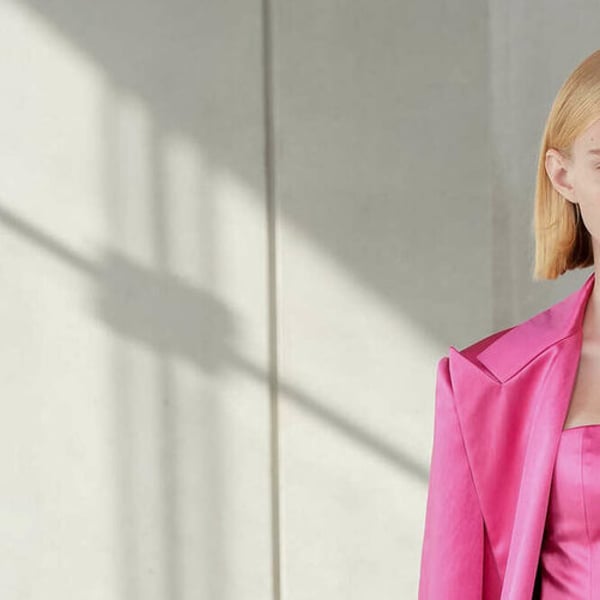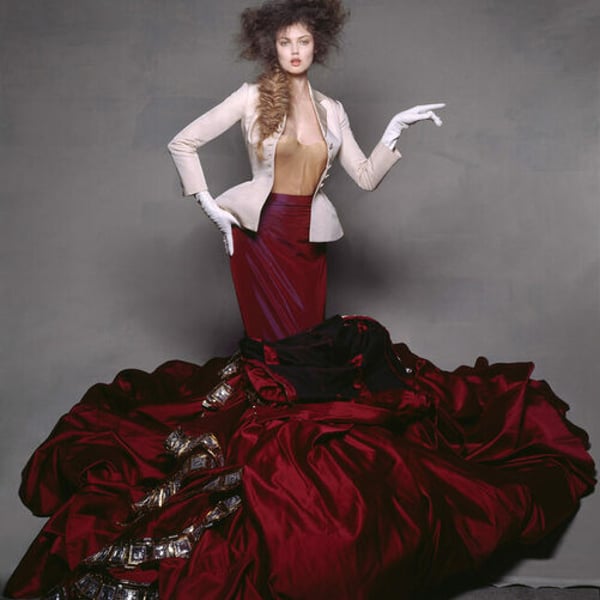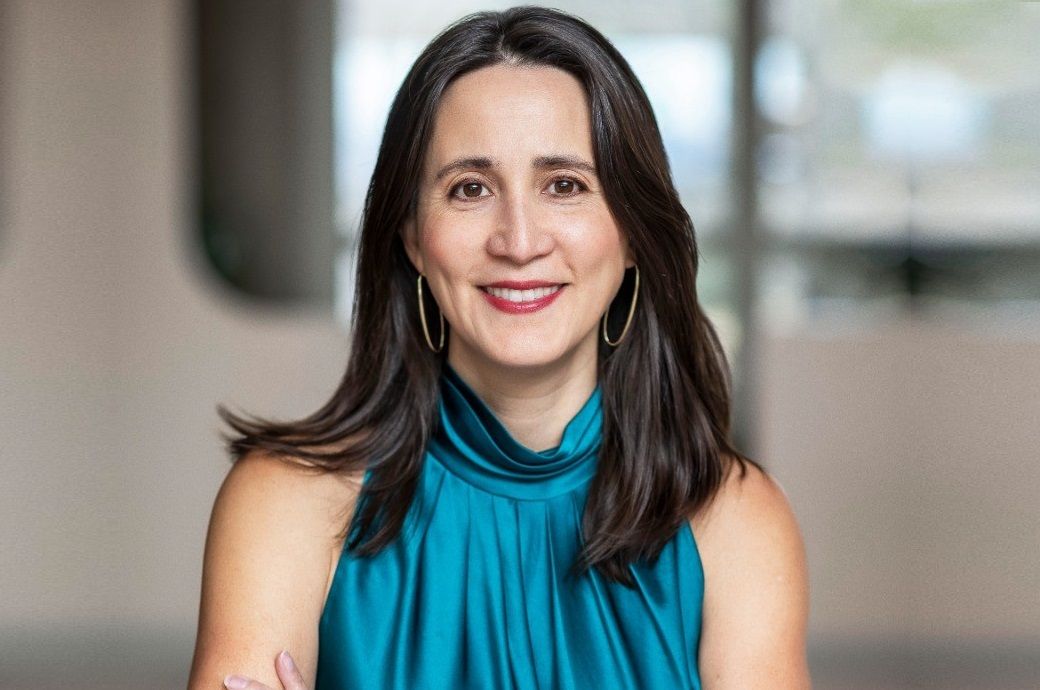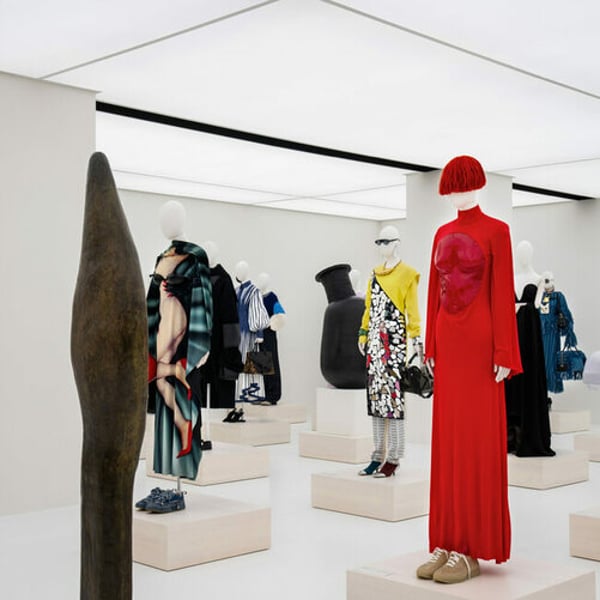Translated by
Nicola Mira
Published
July 9, 2024
Lisa White, head of strategic forecasting at trend-tracking firm WGSN, recently presented a long-term study in Paris on the market transformations expected by 2026. Speaking to FashionNetwork.com, White discussed the two-tier evolution of fashion, the role of innovation and the growing importance of materials in long-term trends.
FashionNetwork.com: What do you think about the growing dichotomy between aiming for sustainability and shopping on a budget?
Lisa WhiteThere is something we call the “buy-say gap”: people say they want to buy something ethical and sustainable, but they don’t necessarily have the budget for it. That’s where the main problem lies. It can often lead to what we call an ethical dilemma: you would like to do one thing, but you are forced to do another. Maybe because you don’t have the education, you don’t have enough money, you don’t have any other choice. It’s a big problem.
What we say to brands and companies is to be aware of this and make sure that when they are developing a [brand’s] As for the product range, which is likely to be high-end, they also plan to develop a cheaper in-house brand. This obviously involves understanding how to create something that is also useful for those on smaller budgets. And we shouldn't hide behind the argument that “sustainability is expensive”, because it's not necessarily true. If you manage your resources better and produce less waste, you will ultimately save money and be more sustainable and less expensive.
FNW: Especially in the fashion space, is there room for brands to talk more about sustainable and cheaper products?
LW: Yes, there is no doubt about that. I think when it comes to sustainable fashion, brands are often a bit cautious because they are criticised if they don't do everything perfectly. But many brands are making progress and are introducing improvements. They are not perfect, but they are trying to improve year after year. That is a fact. But there are certain things to keep in mind and it must be made clear that any savings that are made must benefit consumers and not just shareholders, because everyone should be considered a stakeholder.
I think there are several ways to achieve this. For example, let's think about luxury brands, whose challenges are quite different from those of mass market players and innovative emerging brands. This is something we follow closely at WGSN, to know when a trend will impact a specific market. Because fashion is a multi-level market. For example, when it comes to home decor, people will always have something from Ikea at home.
The same goes for fashion: people are likely to end up buying some fast fashion items, just as they are likely to end up buying something more upmarket, even a luxury product, bought new or second-hand. The point is not to say to brands: “Sorry, remove that from your range immediately.” Some people have to control their budget and buy everything from discount stores. There is always a reason for that. But fashion, for all consumers, works on multiple levels.
FNW: Does a shift to better products necessarily imply innovation?
LW:I think it depends on the brand and the material. There are already some innovations and brands that are very profitable and make enough money are investing in this area. I know a lot of luxury brands that do this because they know what will happen in the future and how they will be judged for everything they do, from the raw materials they choose to how they treat their employees. These brands are already interested in [innovation]They are interested in new biomaterials for a very specific reason and I see that they are often at the forefront of these domains. But this is also true for some mass market brands. They know that what they are doing affects a larger part of the population.
I will return to the comparison with Ikea. [Ikea] knows that what it does in terms of ethics and sustainability, given its size, will affect the world so much that [Ikea] It will be judged by the result. In the luxury segment, when it comes to fur, a brand like Furoid currently offers synthetic fur that is similar to real fur at a molecular level, but without any animals being killed. [as they’re made of compostable polymers]The same is true for leather, with new leather-like materials fermented in a lab. People want to know what is behind these materials. The advantage for a brand is that when it realises this, when it has researched a topic, it will have the knowledge to explain to consumers what they are buying and why they are buying it.
FNW: Besides the design, is it the relationship with materials that has changed?
LW: Yes, people want to enjoy textures again. For example, all the bags we see now are inspired by woven handbags. My grandmother used to pick vegetables with bags like that. This kind of trend is evident at all levels, from luxury to mass market., Because people are looking for something with texture, with a touch of craftsmanship. This is linked to the aspiration to have more sustainable products, a simpler and more natural lifestyle.
A few years ago, I was completely obsessed with Nid d'Abeille, which I initially knew as a children's clothing brand. But I immediately told myself that adults would want it too. [their products]And Nid d'Abeille has been gaining more and more ground, because people are very interested in having a connection with texture, like with velvet and other materials that we are also finding in other places, in interior design, for example.
FNW: Will the growing importance of materials change the way current trends develop?
LW:I think it's a long-term change, which has to do with how we are going to produce something and what we are going to do based on what we have. This will be especially the case for students and emerging brands: since they don't have money, they are opting for a smarter way of doing things. In fashion, design, food or anything else, we are going to focus more and more on ingredients. The same applies to perfumes, for which ingredients are decisive, more than anything else. As for trends themselves, there are many ways to talk about them. There are long-term trends, but the current practice is to focus on very short-term trends, which are partly a rehash of social media in search of form and aesthetics. They are relevant, but there are different levels of trend. Longer-term forecasts put more emphasis on materials, because that's where brands can consolidate their choices, save money and anticipate criticism if they don't act.
Copyright © 2024 FashionNetwork.com All rights reserved.


